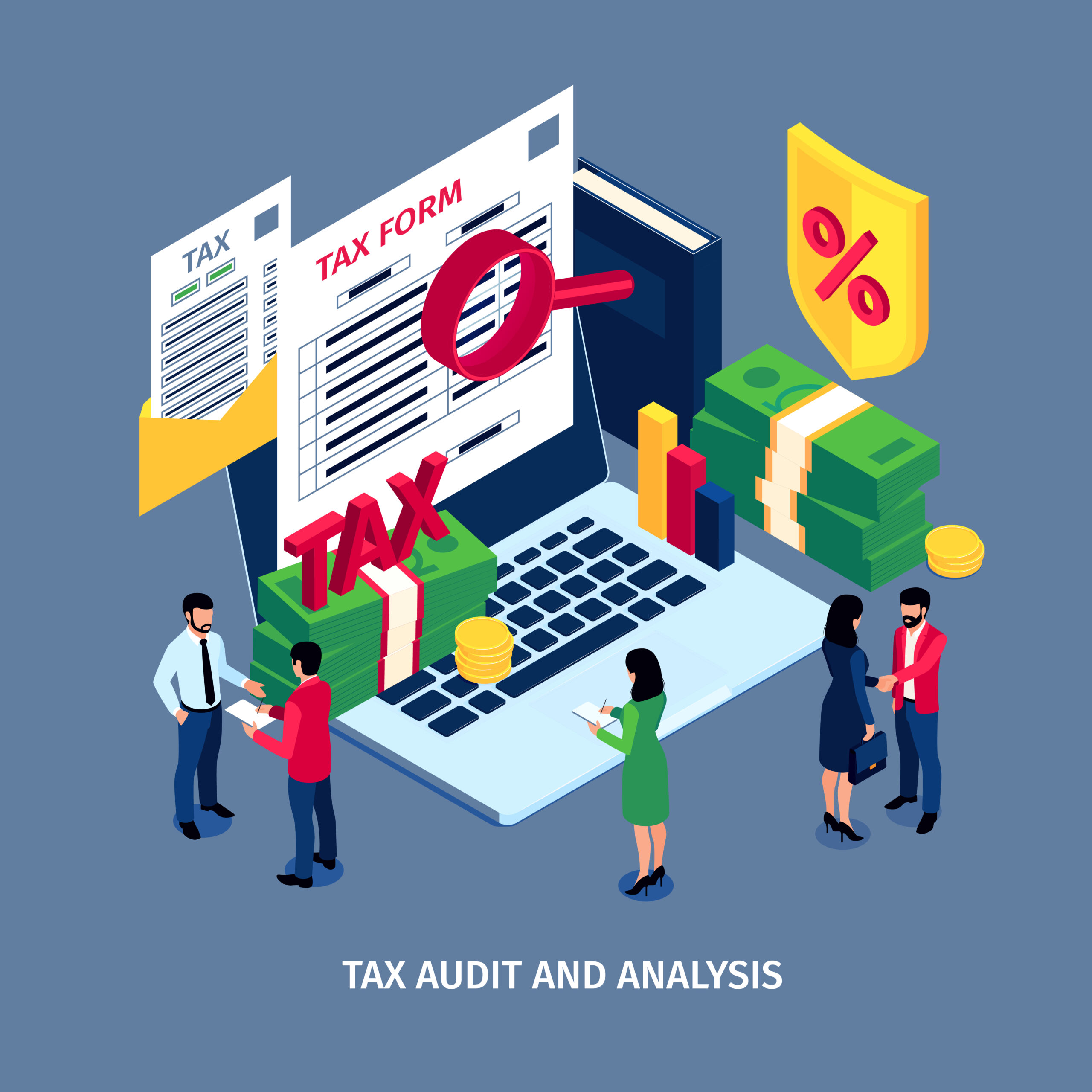A lot of business owners and families in business in Perth actively look at debt recycling.
And at its essence, the concept is a tax strategy used by families with private debt to help them pay it off more quickly. So the percentage of your total debt transfers from mainly personal to mainly tax deductible.
Sounds great?
The concept of debt recycling has many forms
In the past, it has amounted to tax evasion where an artificial and contrived tax scheme was created. These schemes were often promoted by unethical financial salespeople using the tax effectiveness to encourage the purchase of a particular investment.
That is not debt recycling.
It is important to get advice on how to do it and to do it for the right reasons.
At its heart, debt recycling is about tax effectively structuring your loans. Both business loans (if present) and private loans.
In essence, debt recycling is about paying down your private loans (like a home mortgage) and then borrowing the same amount to buy a new investment. It requires cash flow and borrowing capacity to do it.
And it is easier to explain the tax structure using an example. So…
For example:
The Jones Family has a family home of $1m and a share portfolio of $500,000. For argument’s sake, we will assume that the home and share portfolio have a loan of $1m and $500k owing on them. So the Jones have no home equity (that is unlikely in real life).
Currently, the shares are generating dividends and the Jones are reinvesting the dividends into new shares. And the dividends are at 5% the Jones are buying $25,000 a year in new shares.
The problem with this strategy is that the Jones are basically using cash to buy new shares. If they adopted debt recycling the Jones would use that $25,000 and pay that off their $1m mortgage. They would then borrow $25,000 and buy new shares.
So the total debt is the same, however, the mortgage on the shares is now $525k (and tax deductible) and the mortgage on the home is now $975k.
The importance of a debt recycling strategy
Getting the loans to work, with simple offsets and split facilities can be difficult. So care needs to be taken to ensure the tax strategy is implemented properly.
We have seen some investment advisors (in the past) that have promoted this strategy with a view to helping a client eliminate personal debt and acquire more debt with new investments.
Sometimes the income from the investment (shares, property and the like) is more than the cost of holding the asset. So the new investment has both paid the interest and given capacity to buy new assets.
The obvious point here is that debt recycling requires a family to borrow more money to achieve a tax outcome. And this should be taken with care.
And Warren Buffett has said about debt:
“If you’re smart, you don’t need it. And if you’re stupid, you’ve got no business using it”. Also, “debt is the only way a smart person can go broke”.
So the tax strategy for debt recycling can work. However, it is rare. And care should be taken if an investment advisor is promoting a tax strategy as a reason to purchase new investments.
It is also important to remember to cashflow forecast the tax strategy taking into account the potential interest rate differential between interest only loans and principal and interests loans. Clearly, a principal and interest loan impact your cashflow much more than an interest-only loan.
The next issue here is getting the loan structured properly so that the cashflow impacts are managed well. And it is critical to ensure your tax professional and finance broker collaborate such that the tax strategy is effectively delivered through a deep understanding of the types of finance available and the loan structures while reviewing the cross collateralisation of your debts.
At Westcourt we pride ourselves on being independent advice focussed on families in businesses. So a debt recycling tax strategy can be done well without conflicts and other pressure. And can we work collaboratively with great investment advisors who understand the risks and benefits of the issues at play and can make investment recommendations taking into account your income needs and profile.




